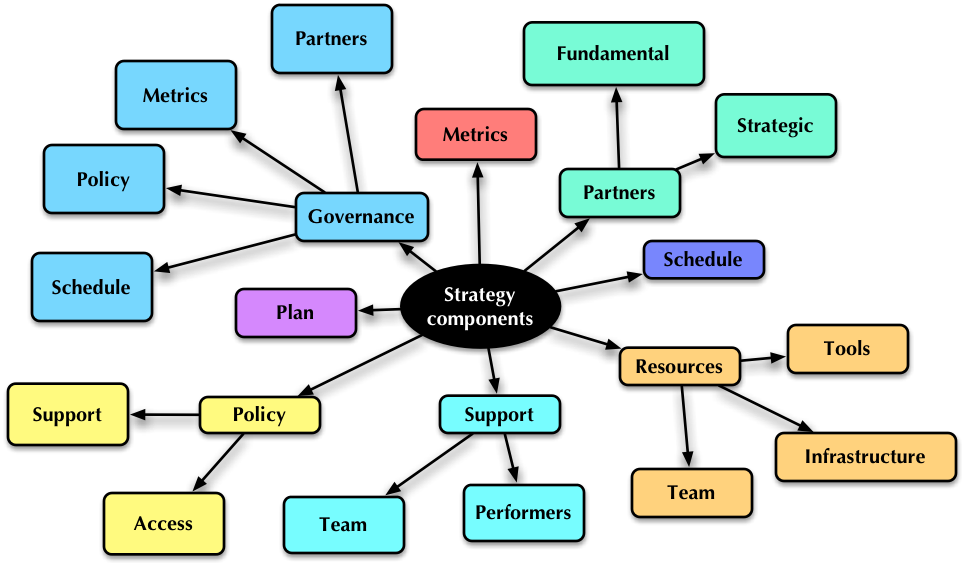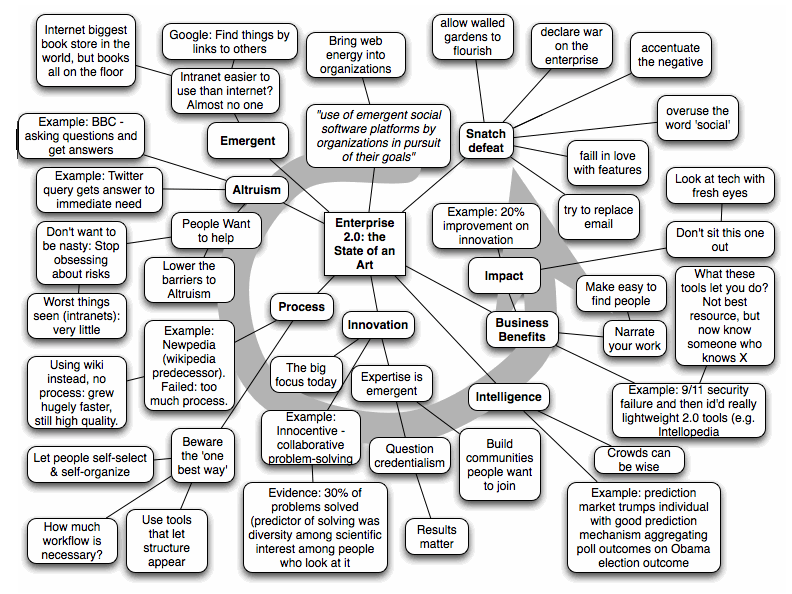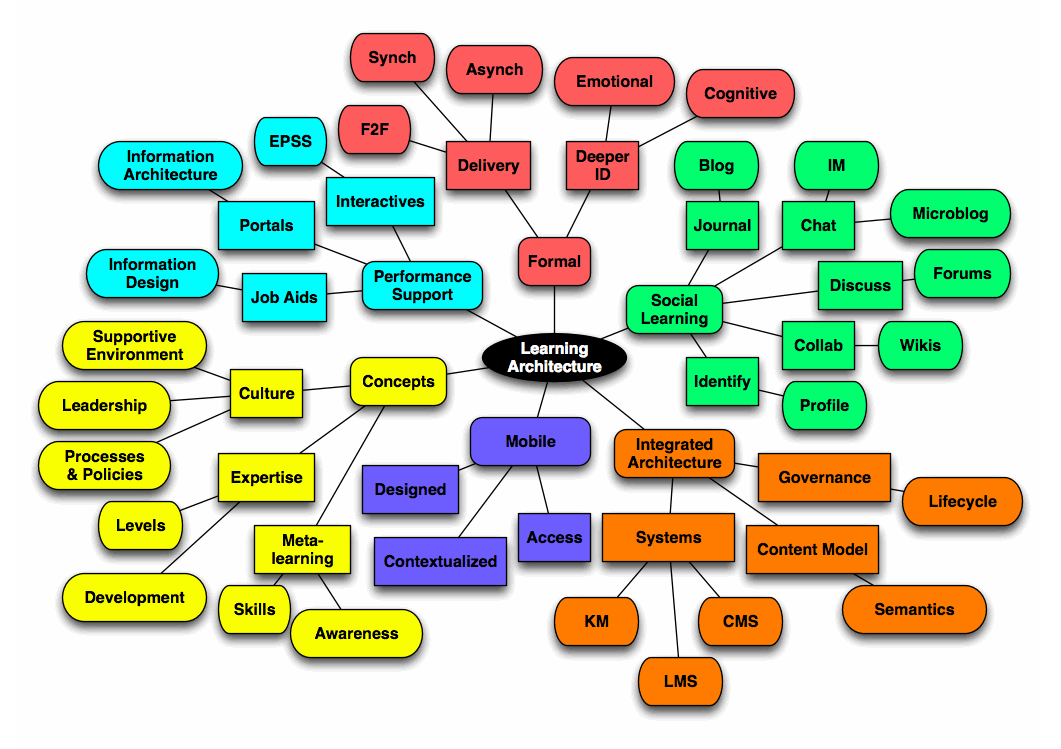A colleague pointed me to this article that posited the benefits of digital note-taking. While I agree, I want to take it further. There are some non-0bvious factors in note taking.
As the article points out, there are numerous benefits possible by taking notes digitally. They can be saved and reviewed, have text and/or sketches and/or images (even video too), be shared, revised, elaborated with audio both to add to notes and to read back the prose, and more. Auto-correct is also valuable. And I absolutely believe all this is valuable. But there’s more.
One thing the article touched on is the value of structure. Whether outlining, where indents capture relationships, or networks similarly, capturing that structure means valuable processing by the note-taker. Interestingly, graphical frameworks can support cycles or cross references in the structure better than outlines can (I once was called out that there was no additional value to mindmaps over outlines, and this is one area where they are superior).
However, as the article noted, research has shown that taking verbatim notes doesn’t help. You have to actively reprocess the information, extracting structure through outlines or networks, and paraphrasing what you hear instead of parroting it. This is the real value of note taking. You need to be actively engaged.
Note-taking also helps keep that engagement. The mindmaps that I frequently post started as a way for me to listen better. My brain can be somewhat lateral (an understatement; a benefit for Quinnovating, but a problem for listening to presentations), and if someone says something interesting, by the time I’ve explored the thought and returned, I’ve lost the plot. Mindmapping was a way to occupy enough extra cognitive overhead to keep my mind from sparking off. It just so happens that when I posted one, it drew significant interest (read: hits), and so I’ve continued it for me, the audience, and the events.
Interestingly, the benefit of the note taking can persist even if the notes aren’t reviewed; the act of note-taking with the extra processing in paraphrasing is valuable in itself. I once asked an audience how many took notes, and many hands went up. I then asked how many read the notes afterwards, and the result was significantly less. Yet that’s not a bad thing!
So, take notes that reprocess the information presented. Then, review them if useful. But give yourself the benefit of the processing, if nothing else.


